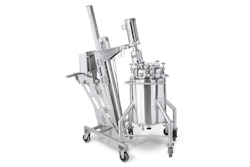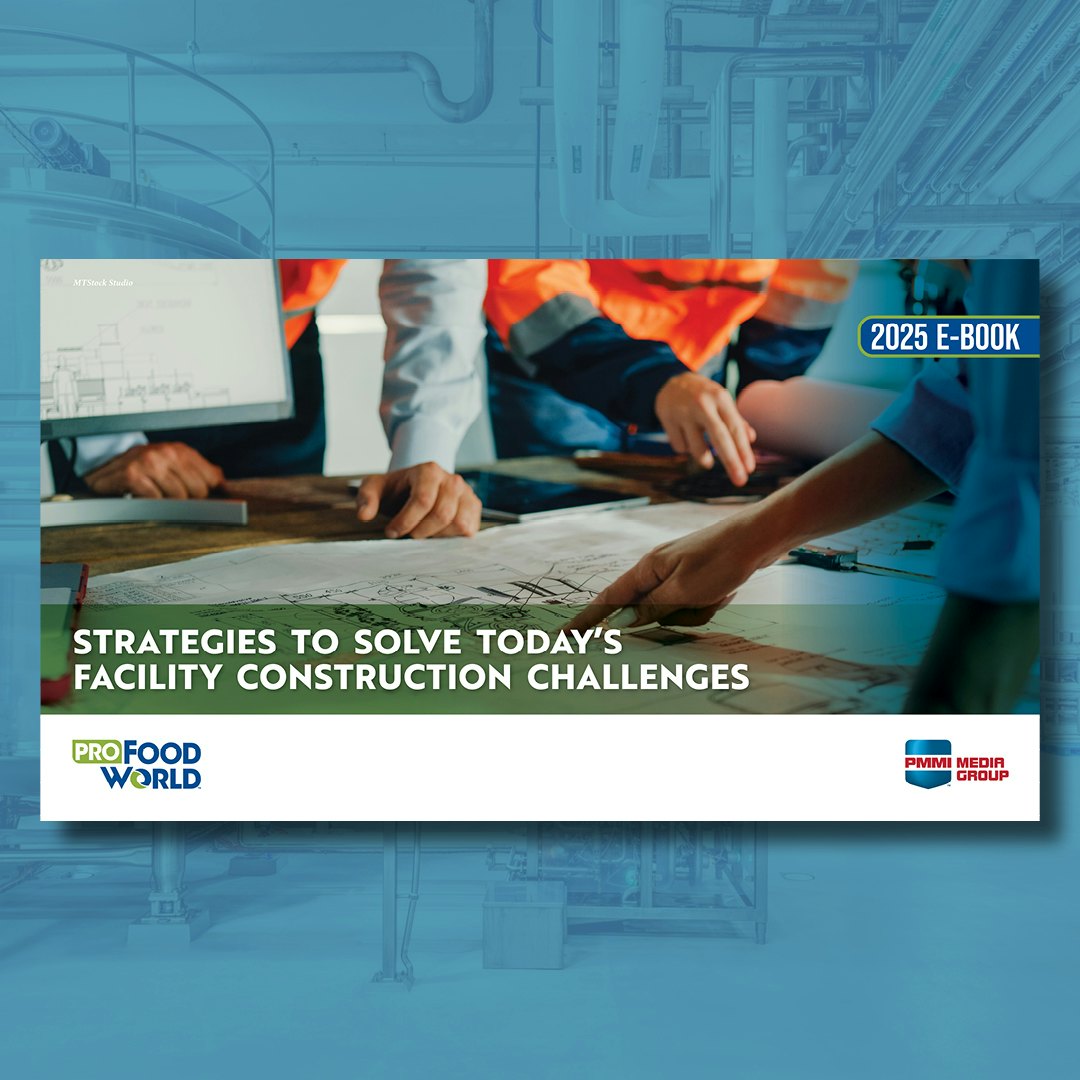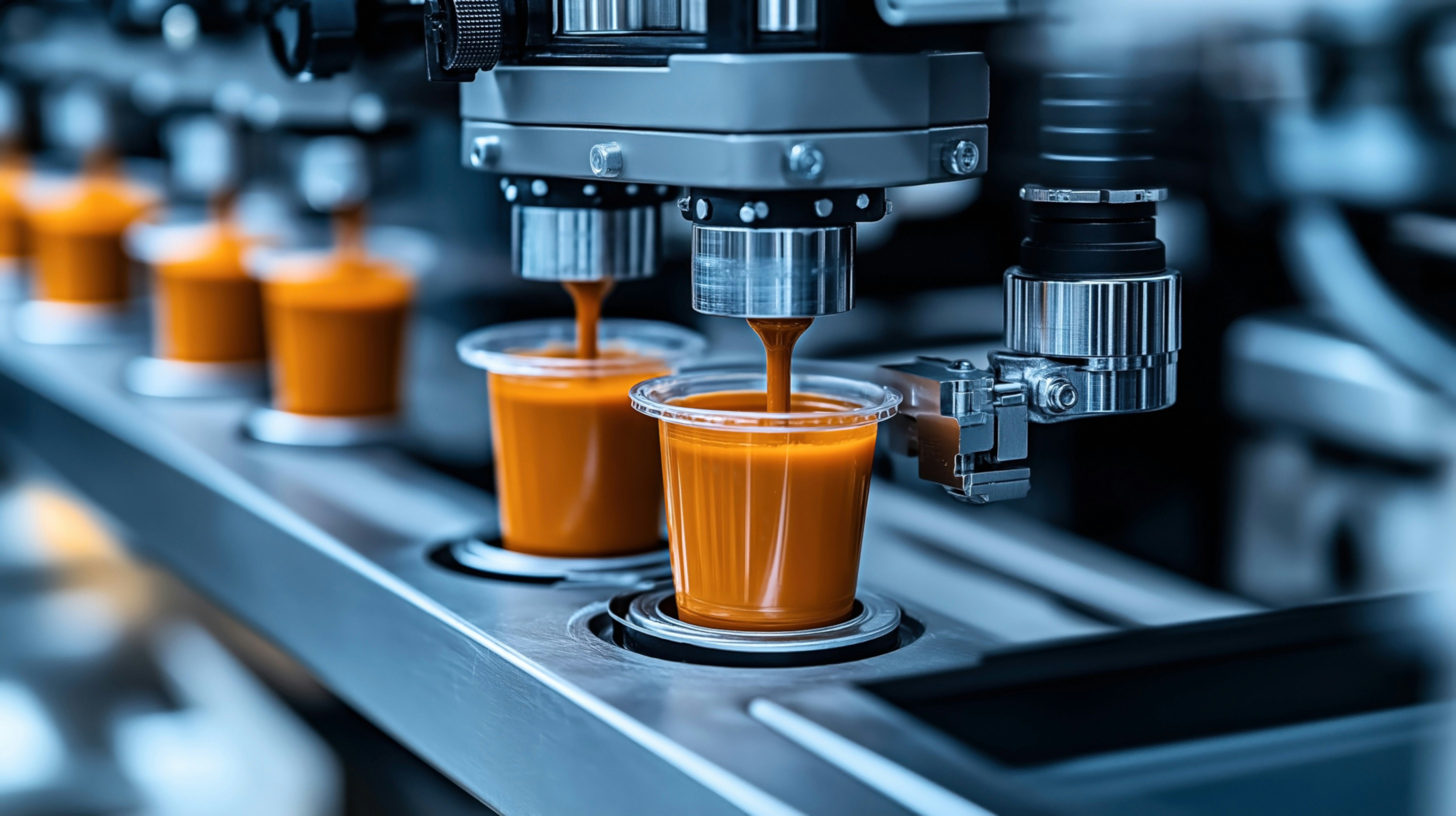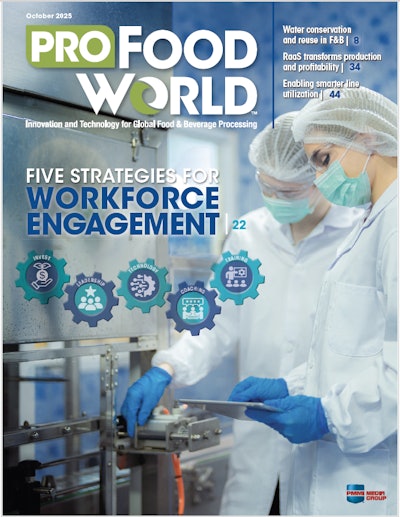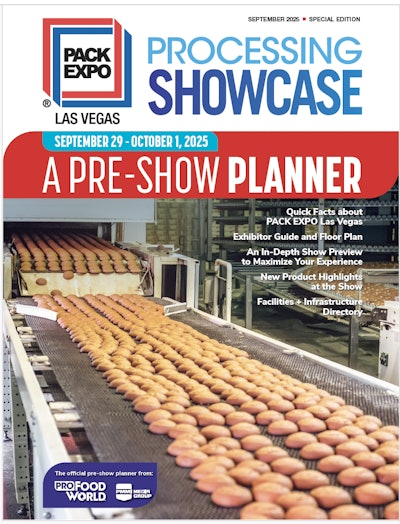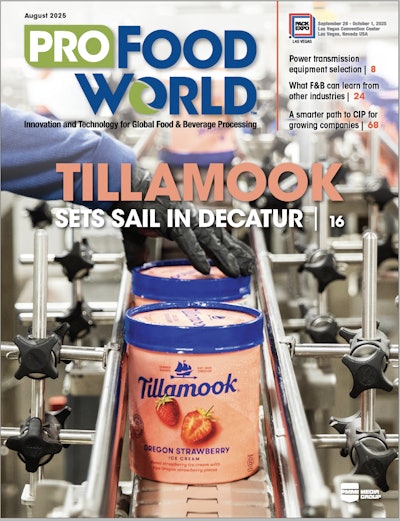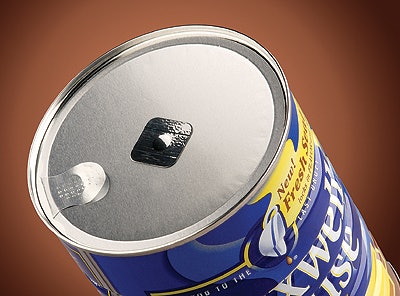
Included in the switch are 13-oz cans of Maxwell House, 11-oz cans of Colombian Supreme, and 11.5-oz cans of Master Blend, French Roast, Lite, Expresso Roast, and Slow Roast coffees. The Glenview, IL-based food giant promotes its new pack as “Fresh Seal” and adds the tag line “locks in flavor and aroma.” Written instructions plus graphics explain how to use the “Fresh Seal can with the E-Z open top.”
In making the switch, Kraft selected the patented Valved Ultra-Seal® membrane technology from Sonoco (Hartsville, SC). It’s a foil membrane heat-sealed to a 401 rim. In its center is a one-way freshness valve. The valve permits the release of internal pressure that builds as the freshly ground coffee gives off gas, but it does not permit oxygen to enter the container. Because the valve lets gas escape, Kraft can package its coffee immediately after the coffee beans are ground rather than letting the grounds gas off. A gassing-off period is required when a conventional valve-less end is used, because otherwise the trapped gas would build up and have nowhere to go. Because Kraft can package its coffee right after grinding, the freshest possible flavor and aroma can be captured.






